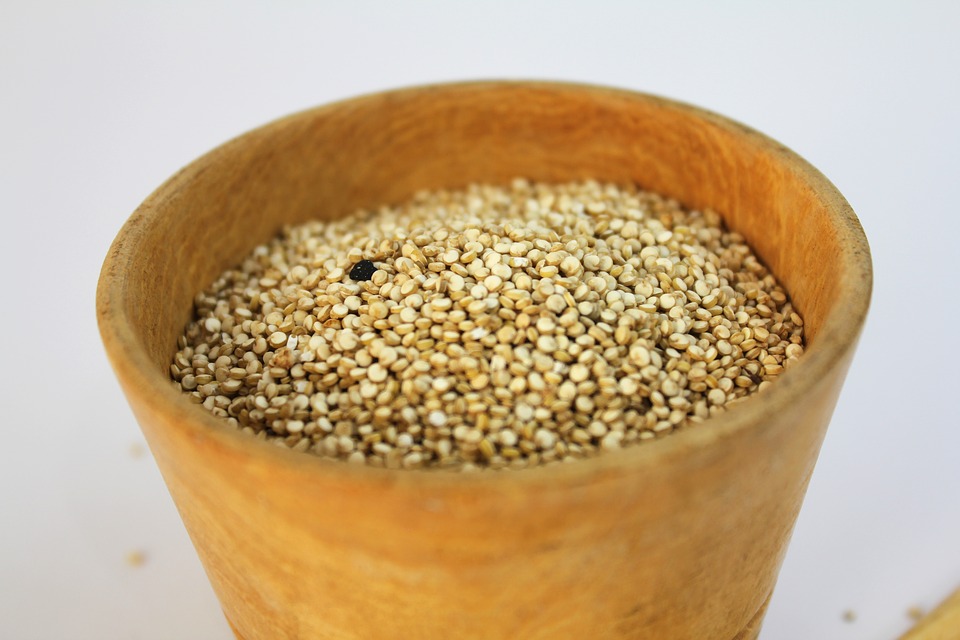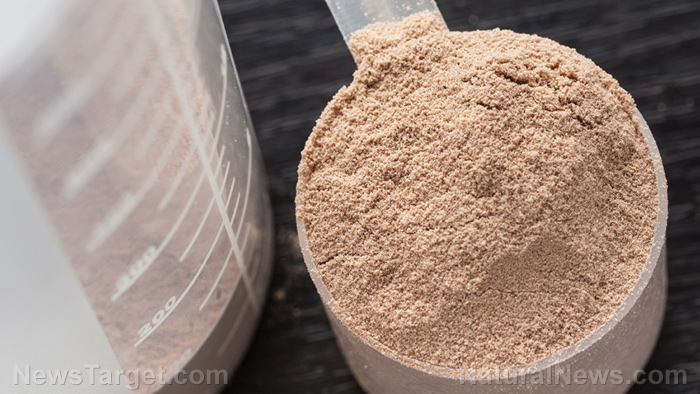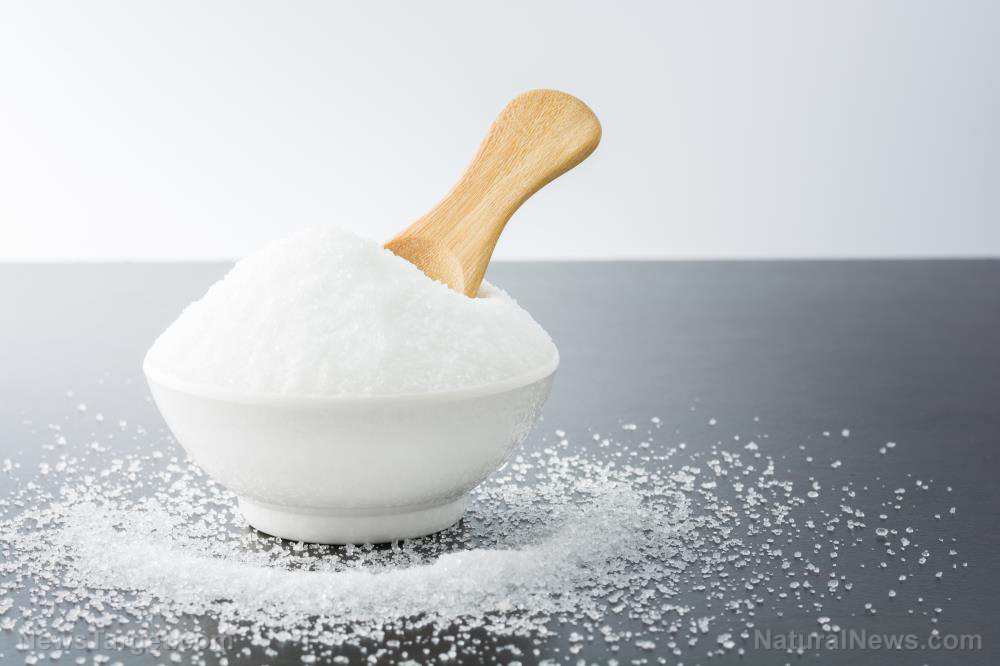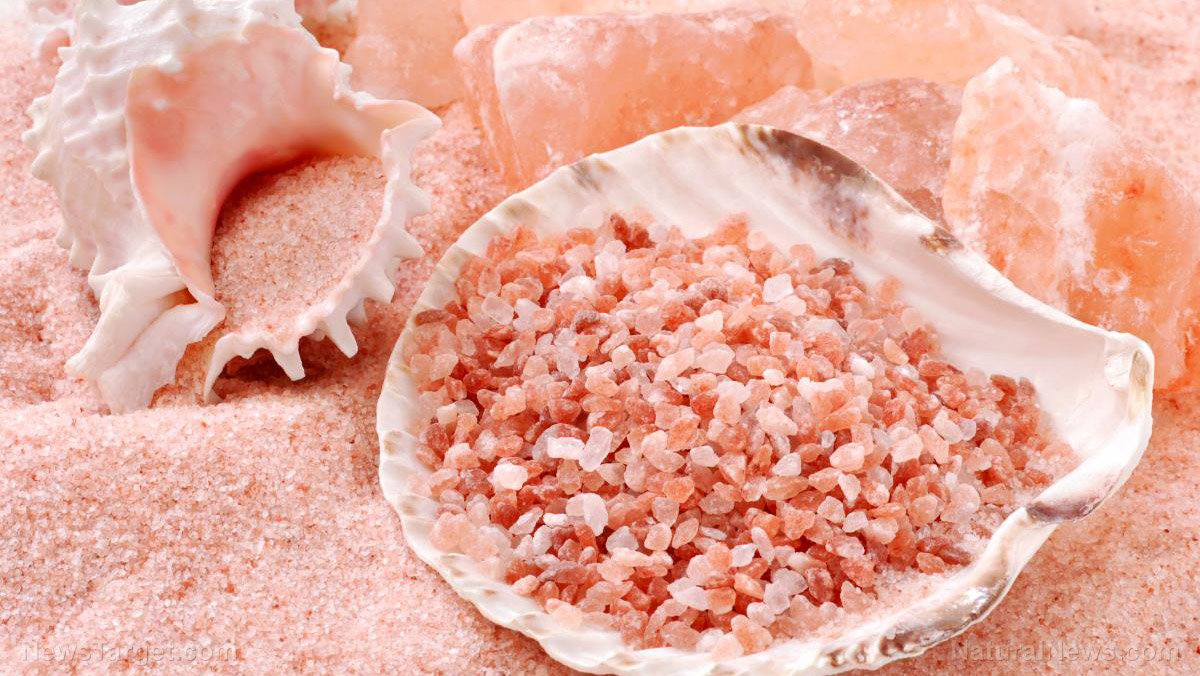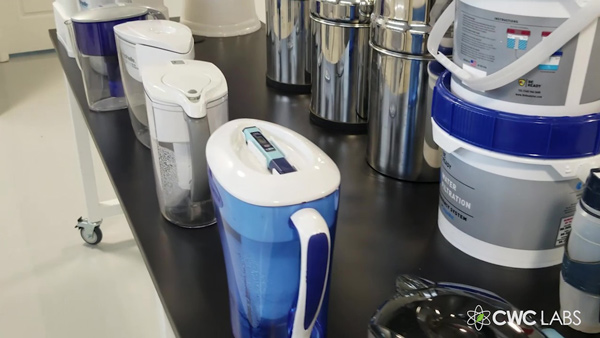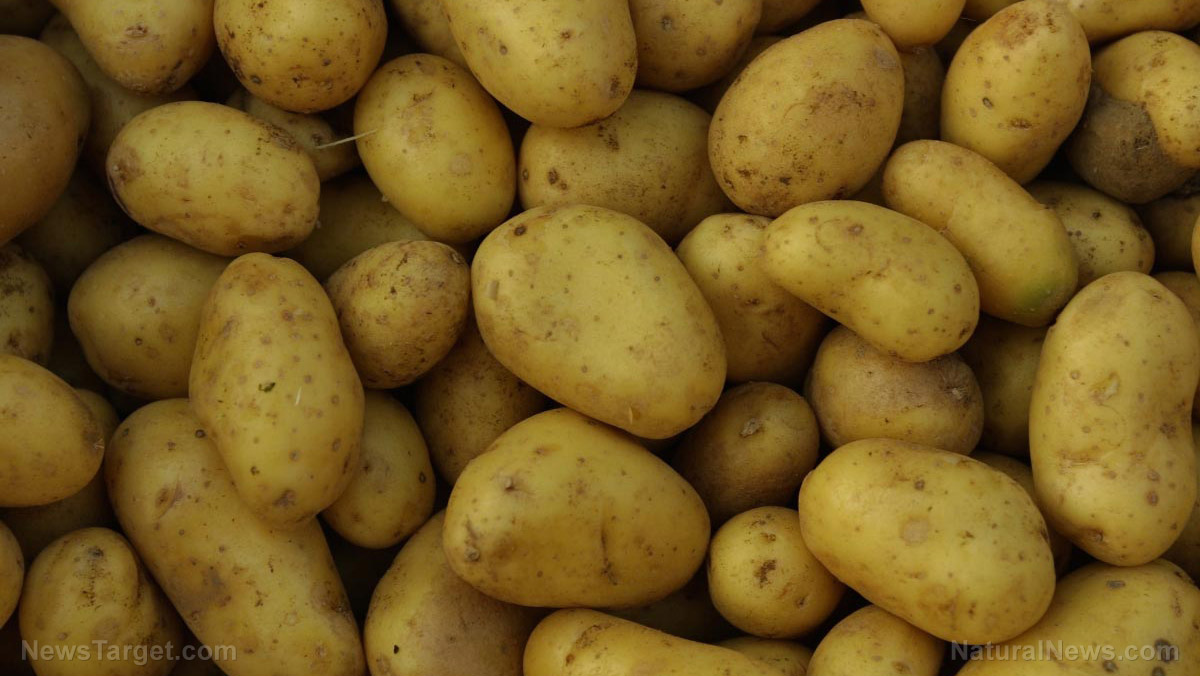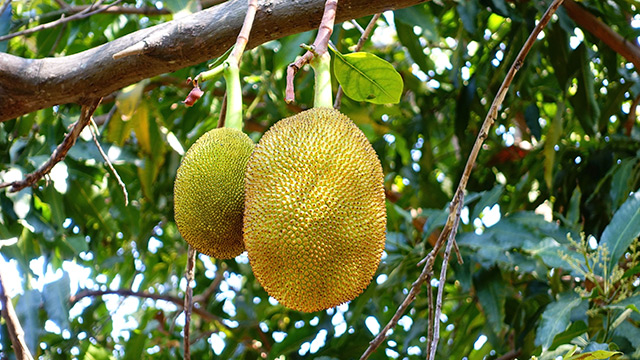Hot coffee has more antioxidants than cold brew, new study concludes
01/29/2019 / By Zoey Sky

There are several ways to prepare coffee, and there are people who prefer a hot cup of joe while others favor cold brew coffee. However, according to the results of a study, hot coffee contains more antioxidants compared to the cold brew kind.
The study, which was published in the journal Scientific Reports, was conducted by researchers from Jefferson (Philadelphia University + Thomas Jefferson University).
The research team included Megan Fuller, Ph.D., assistant professor of chemistry, and Niny Rao, Ph.D., associate professor of chemistry. Fuller and Rao, who are both coffee drinkers, were curious to see if the chemical make-up of cold brew was different from hot coffee.
The antioxidant levels of hot and cold brew coffee
Based on the study findings, the researchers determined certain “chemical differences between hot and cold brew coffee that may have health impacts.”
The scientists noted that hot-brewed coffee has higher levels of antioxidants, which experts cite as the reason for some of the health benefits of coffee.
The results of the study also revealed that the pH levels of both hot and cold coffee were similar. All coffee samples tested had pH levels that ranged from 4.85 to 5.13.
Cold brew coffee is often promoted by coffee companies and lifestyle blogs as a healthier alternative to hot coffee. Claims state that since cold brew coffee is less acidic than hot coffee, the former is “less likely to cause heartburn or gastrointestinal problems.”
In recent years, the popularity of cold brew coffee has skyrocketed and the U.S. market grew a whopping 580 percent from 2011 to 2016. However, the researchers found only a small number of studies about cold brew, which involves a no-heat and long-steeping method of preparation.
On the other hand, the health benefits of consuming hot-brewed coffee are well-documented, such as a lower risk of certain types of cancer, diabetes, and depression.
Fuller and Rao acknowledged that even if the overall pH levels were similar, the hot-brewed coffee method contained more total titratable acids. The researchers posit that these acids could be responsible for the hot coffee’s higher antioxidant levels. (Related: Coffee is great for your skin, too: Its antioxidants soothe red and inflamed breakouts.)
Fuller shared that coffee is rich in antioxidants and that scientific data have confirmed that drinking caffeine in moderation can boost your overall health.
However, Rao warned that even though hot and cold brews have similar pH levels, coffee drinkers mustn’t treat cold brew as a “silver bullet” for preventing gastrointestinal distress.
What is the difference between cold brew and hot brew coffee?
Cold brew and hot brew refers to two different methods of preparing coffee.
Cold brew coffee
Cold brew coffee is usually prepared using a French press, Mason jar, or Toddy system. Coffee grounds are mixed with room temperature water, then left to sit from about three to 24 hours, depending on the equipment used, before the solids are filtered out.
Most of the time, cold brew recipes require a higher coffee-to-water ratio: one part coffee to four parts tepid water, which is less compared to the ratio for a hot brew. When the grounds are removed, you are left with a black coffee concentrate that is thinned with either milk or water before it is served.
Hot brew coffee
Hot brew coffee is prepared with equipment like Chemex Coffeemakers, a French press, the moka pot, or a Vietnamese coffee filter. To make hot brew coffee, hot water is poured over a bed of coffee grounds at a general proportion of 1 oz. coffee to 8 oz. hot water. For a more home-friendly version, use two level tablespoons per one cup of water.
This produces coffee that is separated from the grounds. Hot brew coffee is ideally consumed immediately after it has been made.
Sources include:
Tagged Under: acidity, antioxidants, caffeine, coffee, coffee preparation, cold brew coffee, food cures, hot coffee, nutrition

